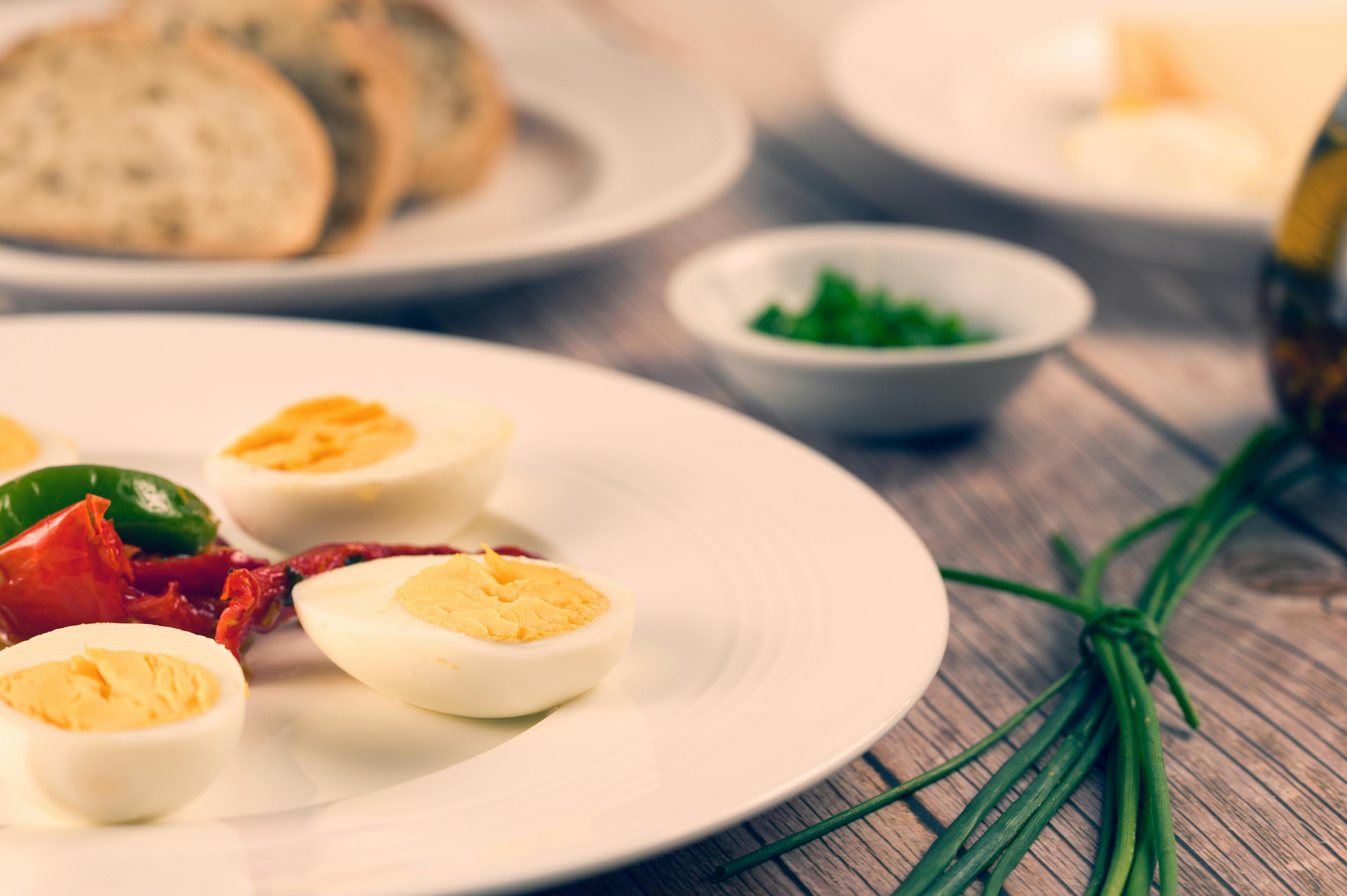
Apply Now


Understanding Zucchini: The Zesty Star of Fruits
Zucchini, often categorized as a vegetable, is technically a fruit! This classification surprises many, but it highlights zucchini's unique characteristics that make it a standout in culinary uses. Originating from Mexico and Central America, zucchini has become a staple in kitchens around the globe. Its mild flavor and versatility allow it to shine in various dishes, making it a favorite for those looking to incorporate healthier options into their meals. One of the fascinating aspects of zucchini is its high-water content, which makes it a refreshing ingredient, especially in hot weather. Aside from being low in calories, zucchini is rich in vitamins and minerals, such as potassium, vitamin C, and antioxidants. This makes it not only a zesty addition to your meals but also a health-conscious choice. The journey of zucchini doesn't end with its nutritional benefits; its versatility has led to creative culinary innovations such as zucchini noodles, a popular alternative to traditional pasta, providing a low-carb and gluten-free option. With a myriad of recipes and preparations, zucchini is a culinary canvas waiting for exploration. In this article, we will delve into the many aspects of zucchini, including its nutritional benefits, culinary uses, and how it stands in a world filled with zesty fruits and vegetables. By the end of this guide, you'll not only appreciate zucchini's unique role in the fruit world but also foster a zealous appreciation for its health benefits.Exploring the Nutritional Benefits of Zucchini
Building on our introduction to zucchini, let’s examine its nutritional profile that makes it a standout among fruits. Zucchini is remarkably low in calories, with only about 17 calories per 100 grams. This makes it ideal for weight loss diets or for anyone aiming to maintain a healthy lifestyle without sacrificing flavor. Moreover, zucchini is packed with nutrients. It boasts a considerable amount of vitamin C, which is vital for maintaining a robust immune system. Additionally, the presence of potassium helps regulate blood pressure levels, ensuring heart health. For those considering a zesty addition to their diets, zucchini is a fantastic choice due to its high fiber content, which aids in digestion and promotes a feeling of fullness. Incorporating zucchini into your diet has multiple health benefits, one of which is its potential antioxidant properties. Antioxidants help combat oxidative stress in the body, reducing inflammation, and promoting overall health. Together with its significant water content, zucchini helps in hydration, making it a fantastic summertime treat. Ultimately, embracing zucchini and its nutritional benefits equips us with another weapon in our healthy eating arsenal. So, how can we enjoy this versatile fruit in daily meals?Recipes to Include Zucchini in Your Diet
Zucchini’s culinary potential is vast, providing numerous ways to incorporate it into our diets. Here are a few ideas that will spice up your meals: 1. **Zucchini Noodles**: A fantastic alternative to pasta, zucchini noodles or 'zoodles' can be made using a spiralizer. Serve them raw with a zesty lemon dressing or sauté them lightly with vegetables for a warm meal. 2. **Zucchini Bread**: This moist and delicious bread is made by grating zucchini and combining it with spices like cinnamon and nutmeg. Not only is it a great snack, but it also allows you to sneak in a serving of veggies! 3. **Grilled Zucchini**: Toss zucchini slices on a grill alongside your favorite meats or vegetables. A brush of olive oil and a sprinkle of herbs adds a zingy flavor that complements any meal. 4. **Stuffed Zucchini Boats**: Hollow out zucchinis and fill them with a mixture of quinoa, tomatoes, and herbs for a nutritious main dish. The oven-baking enhances the flavors and creates a perfect family meal. In addition to these recipes, zucchini pairs well with many flavors, such as the zestiness of lemon or lime, which enhances its natural freshness. This connects us to the next section, where we will discuss how to process and utilize zucchini blossoms, another delightful aspect of this versatile fruit.Maximizing the Use of Zucchini Blossoms
With these fundamentals established, let's take a closer look at zucchini blossoms, an often-underappreciated part of the plant. Zucchini blossoms are not only edible but are celebrated in various cuisines for their delicate flavor. When harvested early in the season, these blossoms can provide a unique culinary experience. Zucchini flowers can be used in various dishes, from stuffed appetizers to salads. The flowers have a subtle sweetness, making them the perfect ingredient to complement the robust flavors of zucchini. They are typically best when freshly picked, retaining a delicate freshness that can elevate any dish. To prepare zucchini blossoms, ensure to remove the stamen carefully to avoid bitterness. They can be lightly fried, sautéed, or even added raw to salads for a pop of color and flavor. A stuffing of ricotta and herbs, followed by a light batter and frying, can create a delicious appetizer that is both impressive and delectable. Including zucchini blossoms in your meal prep embraces the philosophy of using every part of the plant, minimizing waste and maximizing flavor. Next, let’s explore how zucchini can be incorporated into various lifestyles and diets, promoting its appeal across different culinary cultures.Integrating Zucchini into Diverse Diets
Taking this concept further, zucchini’s adaptability means it can easily fit into a myriad of dietary preferences. For instance, vegetarians often embrace zucchini as a meat substitute in hearty dishes such as lasagna. When sliced thinly, zucchini makes a perfect layer that replaces traditional noodles. For those on gluten-free diets, zucchini noodles serve as an excellent alternative to wheat-based pasta, providing the same satisfaction without gluten. Additionally, zucchini's nutrient density allows it to support vegan meal plans, lending its mild flavor to various vegetable medleys. Moreover, for the health-conscious, zucchini is a low-calorie yet fulfilling addition to any plate. The incorporation of zucchini in lighter recipes, such as sautéed zucchini with herbs or a zesty lime vinaigrette, aligns with low-carb and keto diets, making it a versatile ingredient that doesn't compromise taste. As we delve deeper into this topic, let’s connect zucchini’s health benefits to other exciting fruits that start with the letter "Z," further enriching our understanding of the flavors and nutrition these fruits contribute to our meals.Discovering Other Fruits that Start with 'Z'
Connected to this principle of exploring healthy options, let's dive into other fruits that begin with the letter "Z." Each of these fruits carries unique flavors and nutritional profiles, offering exciting alternatives and additions to your diet. One standout is the **Zinfandel grape**, renowned for its rich flavors and used primarily in the production of red wines. The nuances of this grape lend themselves to an experience that embodies the zest of wine regions, captivating palates around the world. Another interesting entry is the **Ziziphus**, or jujube, which bears a sweet and tangy fruit that can be eaten fresh or dried. Rich in vitamins and minerals, it’s often used in traditional medicine, showcasing the diverse utility of fruits in holistic health approaches. **Zapote**, also known as sapote, has a creamy texture and is often used in desserts or smoothies. The addition of zapote brings a sweet, custard-like flavor profile that complements the zestiness of lime. These fruits, along with zucchini, not only provide bursts of flavor but also accumulate a trove of nutrients that support healthy eating. When exploring these options, one begins to appreciate the zesty connection among fruits. This leads us into practical cooking methods, including how to optimize your experience when cooking with these vibrant fruits.Practical Cooking Tips with Zesty Fruits
So, how can we take advantage of these zesty fruits in our cooking? Here are some practical tips: 1. **Balancing Flavors**: When cooking with zucchini, pairing it with zesty fruit, such as lime or lemon, can enhance its natural flavors. Incorporate zesty dressings in salads or drizzle citrus-based sauces over grilled dishes. 2. **Exploring Global Cuisines**: Many global cuisines embrace zucchini and other zesty fruits. For example, Mediterranean dishes often combine zucchini with olives and lemons, while Asian stir-fries may use it alongside ginger and garlic. 3. **Innovative Desserts**: Using fruits like zapote or Ziziphus in desserts can lead to exciting flavor combinations. A zesty fruit salad with a splash of lime juice can provide a refreshing side to any meal. As we unravel these principles of flavor integration and cooking techniques, let's prepare for the upcoming section where we'll address common questions related to zucchini and its culinary applications.Q&A: Addressing Your Zucchini Questions
With all this information in mind, you might have several questions regarding zucchini. Here are a few of the most common queries addressed by experts: **1. Can I eat zucchini raw?** Absolutely! Fresh zucchini makes for a refreshing crunch in salads or is delicious when spiralized into noodles. **2. How can I tell if zucchini is fresh?** Look for smooth, firm skin without any blemishes. Fresh zucchini should feel slightly heavy for its size and have a vibrant green color. **3. What's the best way to store zucchini?** Store zucchini in a cool, dry place or in the refrigerator in a crisper drawer. It’s best consumed within a few days to retain its zest and texture. **4. Are there any health benefits to consuming zucchini?** Yes! Zucchini is low in calories but high in fiber and essential nutrients, supporting a healthy diet and aiding digestion. **5. What are some creative ways to use zucchini in cooking?** You can experiment with zucchini by making zucchini chips, adding it to stir-fries, using it in baking, or as a substitute for noodles in dishes! With expert answers to common questions and an understanding of the various aspects of zucchini, you now have the tools to appreciate this versatile fruit in multiple culinary contexts.Conclusion: Embracing the Zesty Potential of Zucchini
Through our exploration of zucchini, its nutritional benefits, culinary versatility, and its fascinating relationship with other fruits starting with the letter "Z," we recognize that this unique fruit holds a place of honor in the kitchen. Whether enjoyed raw, cooked, or as part of delightful recipes, zucchini stands out not just for its health benefits, but for its zesty ability to enhance flavor and nutrition. By incorporating this zen fruit into your meals, you're participating in a wholesome approach to eating that celebrates health, creativity, and a zest for life. Zucchini empowers everyone to make positive dietary choices and explore the vibrant world of fruits. Let your culinary adventures with zucchini and its zesty companions begin!
